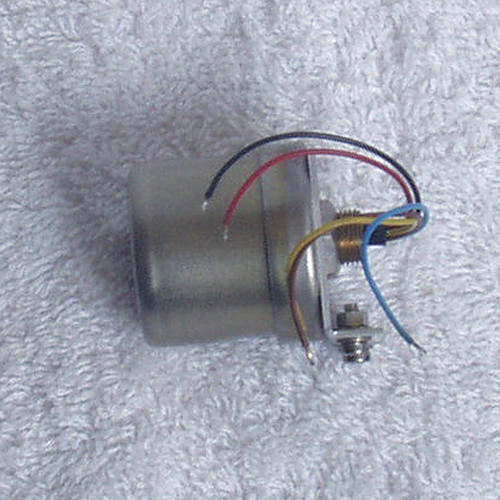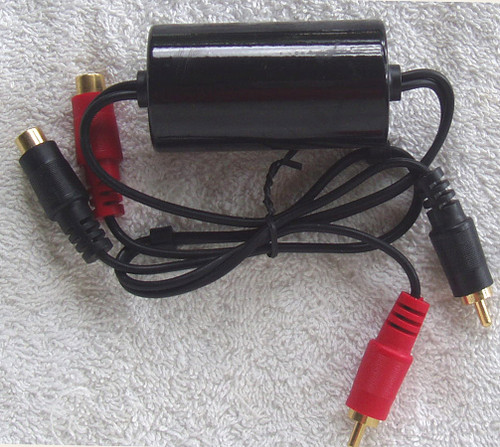THIS AUDIO TRANSFORMER IS A "PULL" - REMOVED/WORKING
Ex obsolete (no longer has a useful purpose) W & G (Wandel & Goltermann) DLM-1 Data Test Equipment
The DLM-1 is very typical German professional equipment, engineered beautifully and it uses top class components, high spec and designed/built for reliable operation but alas, there is no market for this equipment (analog fixed frequency 1Khz & 2Khz data send/receive test meter) so I have salvaged what I feel may be components of interest/use for a restoration project or home-brewer.
W&G produced some great audio analysis equipment but the DLM-1 really has no real use outside of the retro telecommunications fields.
Wandel & Goltermann (Germany)
Ex DLM-1 equipment
Audio Transformer
Offered for modification/rebuilding to suit custom purposes
Part number: 672-7727 (this references the part numbering system used in the DLM-1 but doesn't tell me who made the transformer or its specifications)
I cannot locate any data or information about this component except I do know it is acting as an audio input/output in the DLM-1 and the equipment is intended to work with 600 Ohm impedance lines.
In an attempt to find out more (and with most of my frequency test equipment long since sold my investigations are limited) I can tell you that there are two windings, although I have 5 wires.
One wire (pink) is not connected to any other wire or the casing - I can only think it is some sort of Faraday shield wire
DC resistance tests (NOT impedance)
Winding 1: 45 Ohms
Winding 2: 37 Ohms
The case is circular and is made of Mu metal
Case dimensions:
37mm diameter x 22mm high
2x side feet (with bolts) to secure the transformer
Access inside the case is easy, one side screw and off pops the top.
Inside the casing sits a split halves ferrite core, 671 N30 E12 25mm diameter - the critical section of the part number is N30. This is the material used to construct the ferrite and I have included a photograph of typical N30 characteristics.
Keep in mind the original equipment was only working up to 2Khz anyway (one of the test tones is at 2040Hz)
This ferrite core appears to be glued at the base of the casing - should not be difficult to remove but of course the ferrite will most likely be destroyed (very brittle)
Leads from the windings exit through a side hole in the casing (fitted with a rubber grommet)
So there you have it - a nice casing at the very least, perfect to either use as is (unlikely) or remove the core and fit another core (with suitable windings of course) into the casing.















